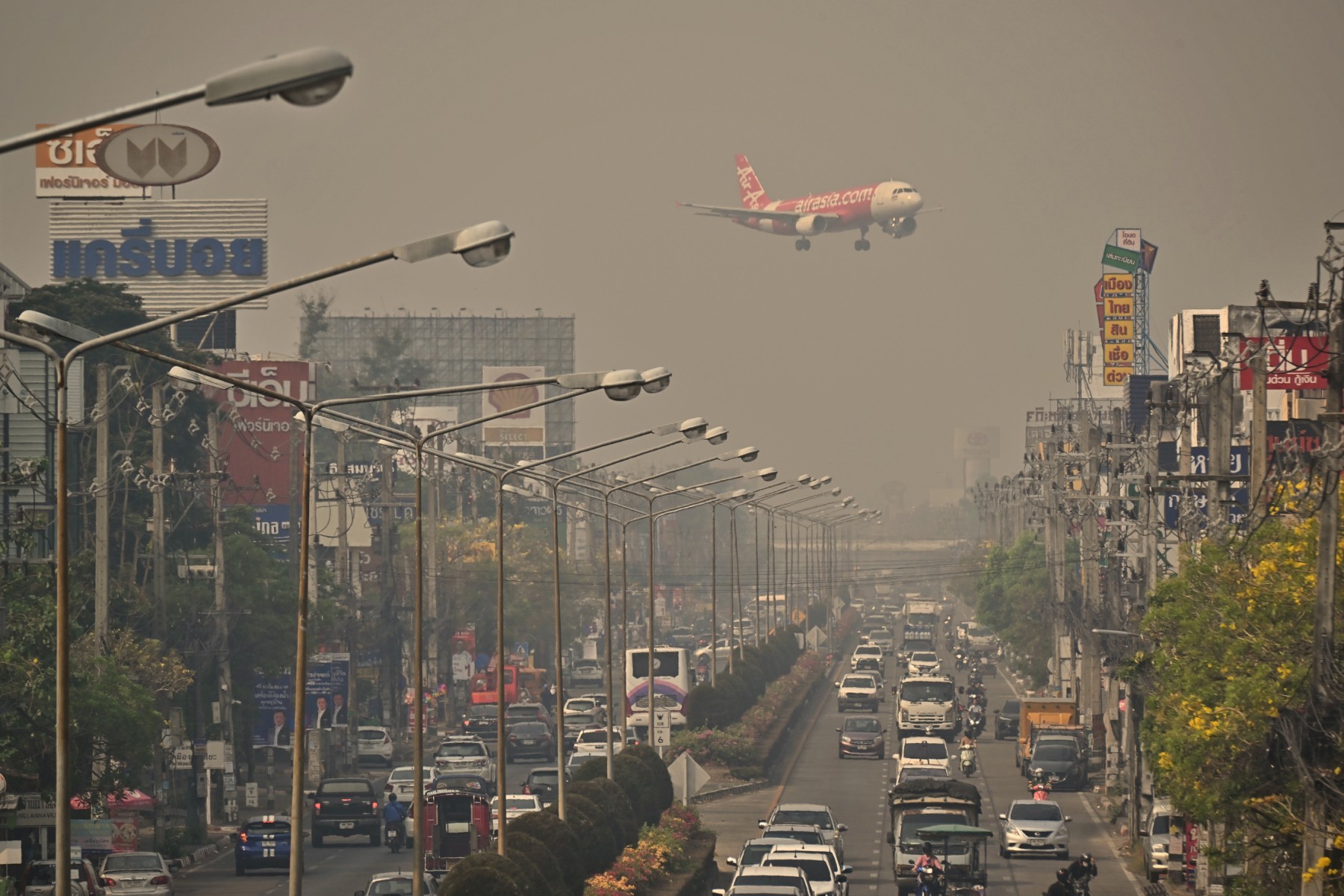Southeast Asia could prevent up to 36,000 ozone-related premature deaths each year by 2050 if countries adopt stringent air pollution control measures, according to a new study by researchers at Nanyang Technological University, Singapore (NTU Singapore).
The research, published in Environment International, highlights the serious health risks posed by ground-level ozone — a harmful pollutant linked to respiratory illnesses, cardiovascular disease, and early mortality.
“Ozone is an invisible yet harmful pollutant,” said co-author Professor Joseph Sung, NTU’s Senior Vice President (Health and Life Sciences). “Our study shows that by taking decisive steps now, we can significantly reduce the region’s health burden and improve air quality.”
The study modelled future pollution scenarios using international emission datasets and atmospheric simulations. The researchers found that under a business-as-usual scenario, planned nitrogen oxide (NOₓ) cuts from power plants, transport, and industry could lower annual deaths by 22,000.
However, more ambitious pollution curbs could avert as many as 36,000 early deaths annually. Conversely, if fossil fuel consumption rises, ozone-related premature deaths could increase by 33,000 per year across Southeast Asia by 2050.
Lead author Associate Professor Steve Yim, Director of NTU’s Centre for Climate Change and Environmental Health (CCEH), explained that reducing ozone levels in Southeast Asia is complex, as it involves regulating precursor pollutants such as nitrogen oxides and volatile organic compounds, rather than directly eliminating ozone from the atmosphere.
He noted that the region’s tropical climate further influences how ozone is formed, making its behavior distinct from that in other parts of the world.
The study also found that urban centres such as Singapore, Jakarta, Bangkok, Kuala Lumpur, and Ho Chi Minh City experience ozone pollution driven by both NOₓ and VOCs, requiring dual reduction strategies. In contrast, rural and coastal areas like Kalimantan and the Malacca Strait are more sensitive to NOₓ levels alone.
The NTU team emphasized that targeted interventions — including stricter regulations on industrial emissions, improved transport policies, and reduced emissions from shipping and biomass burning — are critical.
The team intends to expand its research to assess how climate change and land-use patterns could further influence ozone pollution and collaborate with policymakers and stakeholders to craft evidence-based strategies.







